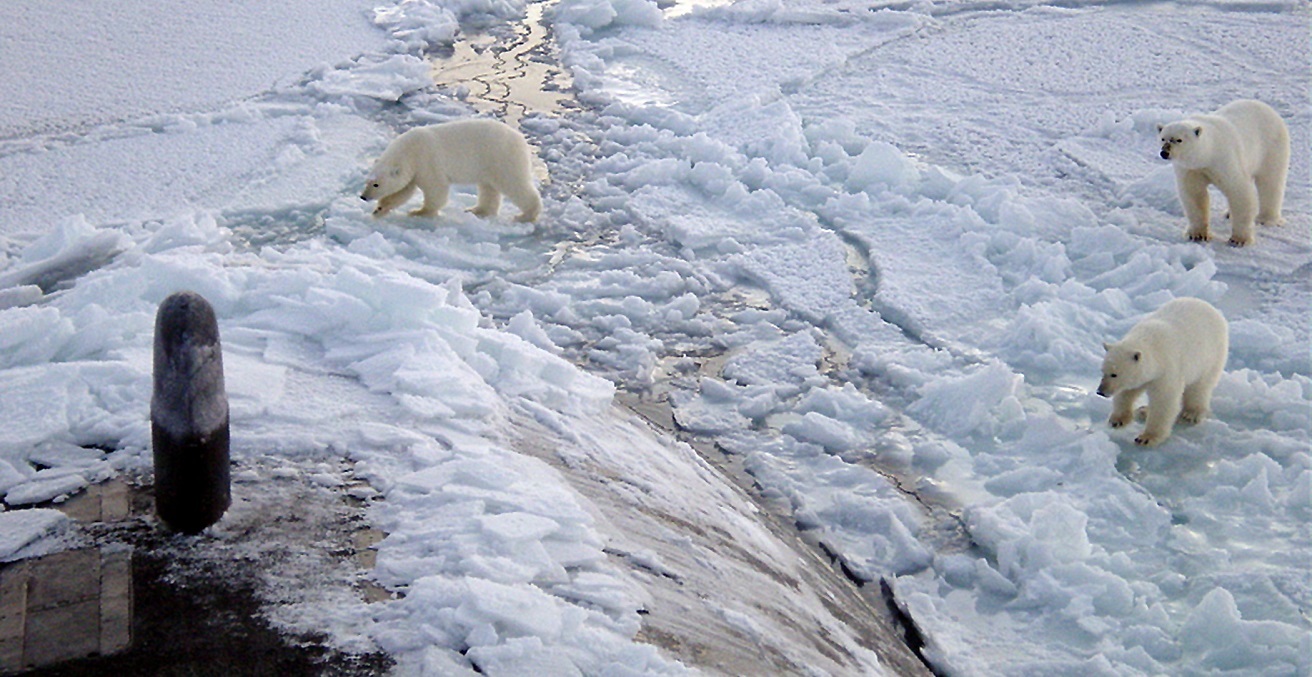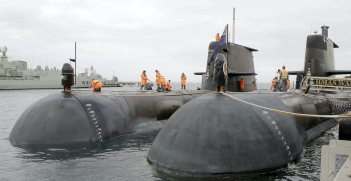Prosperity and Security? Energy Development in the Arctic

Despite its inhospitable environment, the Arctic’s important geographic position, fruitful natural resources, and expanding commercial potential, have made the area a new focal point for policymakers further south.
The potential wealth lurking beneath the Arctic ice has long fueled explorations and enterprises seeking faster shipping routes, untapped hydrocarbon reserves, and geostrategic military advantages. Of the world’s estimated undiscovered petroleum resources, nearly a quarter lies in the Arctic, of which more than 75 per cent comprise natural gas. Where once the United States commanded a dominant position in the Arctic, other countries have outpaced the US. For example, Russia has spent billions to procure the world’s largest fleet of nuclear-powered icebreakers and even gone so far as to plant a titanium Russian flag on the seabed beneath the North Pole, signaling a new era of aggressive economic competitiveness.
As competition in the region increases, the United States has also been spurred by other Arctic nations such as Canada, Norway, and Denmark, as well as non-Arctic countries such as China who have pursued a range of environmental, security, technological, and commercial issues at senior diplomatic and military levels. Until recently, the US has overlooked much of the larger strategic picture in favor of focusing solely on the potential environmental impacts of continued energy development in the region.
While most of us may consider the Arctic to be sparsely populated, 4.2 million people currently call the Arctic region home, with approximately 10 per cent coming from indigenous communities. For one million people in North America, the Arctic region is not a new frontier but a longstanding way of life, with the retreating ice and increasing attention offering hope for a prosperous and more resilient local economy. Yet, these factors also serve as a new source of anxiety, with so much of that prosperity and resilience dependent on decisions by energy companies and government officials located far away.
For the people who actually live in the Arctic, the development of oil and gas resources has been a lucrative and reliable lever for broader economic growth and social stability. Nowhere is this more true than when it comes to public infrastructure. The new roads required to haul construction equipment and carry tanker trucks to serve the energy industry in remote, nearly inhospitable areas eventually end up becoming the same roads that locals, including indigenous peoples, use to drive children to school or take the elderly to the hospital.
The need to house and feed seasonal energy workers can stake small commercial centers in far-flung provinces, making everything from reliable electricity and basic sanitation services to grocery stores and laundromats available year-round to local residents. This gives those who might otherwise be stuck with diesel generators, inadequate water supplies and an uninspiring selection of non-perishable goods a vital and important lifeline in times of need.
Revenue from taxes levied against energy companies operating in the region, plus royalties from the resources they produce, are the lifeblood of the Arctic economy, not only putting money in the pockets of people whose annual median incomes often lag far behind those of rural regions farther south, but creating essential enabling conditions for further investment in public infrastructure and other economic development initiatives.
It is not an overstatement to assert that the vitality of the Arctic region rests significantly, if not exclusively, on the continued ability of the energy industry to identify, assess, and pursue development opportunities there, if for no other reason than a complete lack of any scalable alternatives. This, in turn, depends on the foresight of political leaders and policymakers in Washington DC, in whose purview fall several key threshold decisions under federal law that, in some cases, will determine the specific extent of future energy resource development in the Arctic. In late 2016, despite vocal support from elected representatives and military leaders over the regional economic and security concerns at stake, then-President Obama’s administration dealt the region a devastating blow by excluding the Arctic Outer Continental Shelf (OCS) in the 2017-2022 five-year schedule of lease sales.
Earlier this year President Trump issued an Executive Order revisiting all OCS policies in order to maximise economic opportunities. While not without controversy, this policy mirrors recent legislation in congress which is likely to reverse decades of policy by making available currently closed Arctic areas for energy exploration.
While the final policies may take several additional years to become fully developed, the current US administration clearly recognises both the economic potential and the strategic significance of the Arctic region, its infrastructure, and its inhabitants.
Brigham A. McCown RDML is the founder of the Alliance for Innovation and Infrastructure, a Washington, DC based think tank promoting innovative solutions to pressing infrastructure challenges. You can follow Aii at http://www.aii.org and on Twitter at @AiiWire.
This article is published under a Creative Commons Licence and may be republished with attribution.





